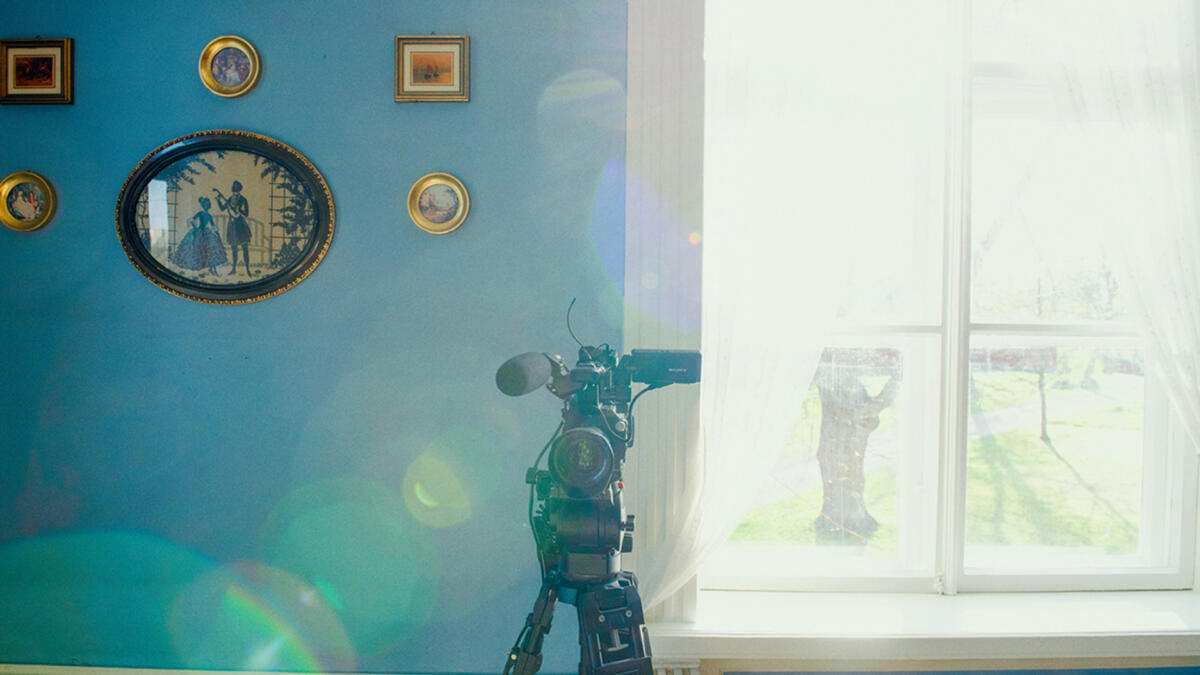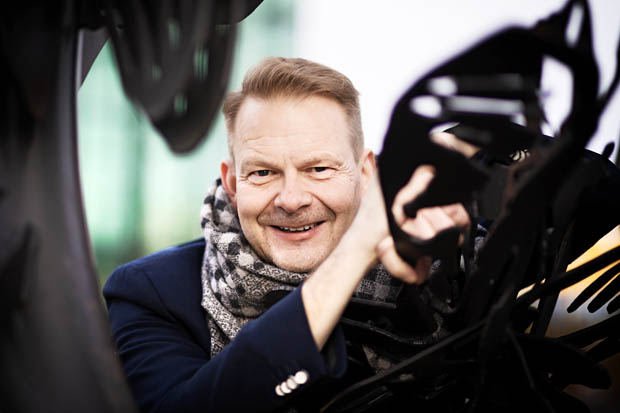A new book: Socially engaged art practices strengthen inclusion and support the resilience of democracy
Socially engaged arts invite us to confront discomfort, embrace complexity, and commit to the pressing challenges of our time together, writes university researcher Kai Lehikoinen in his new book Creativity, Society, and the Role of Socially Engaged Art in Higher Arts Education.

Issues such as social exclusion, poverty, the climate crisis, biodiversity loss, political polarisation, and humanitarian emergencies form a long list of global challenges that humanity must address. In this era of profound societal transformation, one of the many roles of the arts is increasingly seen as essential to building a sustainable future.
Socially engaged arts challenge all of us—artists, educators, researchers, students, and institutions—to take part in this work, Lehikoinen emphasizes.
Artistic thinking and creativity are needed in trans-professional collaboration to solve complex problems.
Today’s societal challenges are increasingly complex and require creative and open-minded approaches. According to Lehikoinen, socially engaged arts offer a space for dialogue and collaboration across disciplines and sectors.
“It is precisely through such encounters that new perspectives and solutions emerge—both locally and globally.”
Lehikoinen sees socially engaged arts as part of the third mission of universities: contributing to society. He encourages higher arts education institutions to collaborate with diverse stakeholders— not only within the arts sector but also with actors in social services, education, environmental work, and the economy. In these cross-sectoral encounters, art can act as a catalyst—bringing hidden perspectives to light and opening up space for new solutions to complex societal challenges.
Diversity as a strength
Contemporary society often prioritises quantity and competition over meaning and cooperation. Socially engaged arts can offer alternative ways of thinking for higher arts education institutions.
“By adopting socially engaged arts practices, institutions can resist the dehumanising effects of neoliberalism while reinforcing their commitment to societal and educational transformation—one that matters to all people, non-human life, and the planet,” Lehikoinen says.

In socially engaged arts, human diversity is a source of inspiration and strength. Cultural, social, and individual differences are not seen as obstacles but as opportunities to deepen dialogue and understanding. The inclusive nature of socially engaged arts can strengthen social cohesion, human development, and contributes positively to planetary well-being.
Beyond aesthetic expression, socially engaged arts can also serve as a tool for liberation and identity empowerment, fostering critical awareness and resisting structural injustices.
From emotional intensity to embracing difference
Lehikoinen’s book also addresses the emotional intensity often associated with social activism, which is also sometimes present in higher arts education.
“Emotions can be a powerful motivator for action, but intense negative emotions may lead to polarisation, oversimplified conclusions, self-censorship, and retrospective censorship, silencing critical artistic dialogue,” Lehikoinen notes.
As a counterbalance, we need environments where discomfort is accepted. Lehikoinen refers to education scholar Gert Biesta, who calls for spaces where differing perspectives can constructively challenge one another.
Lehikoinen points out that we live in a time when a small group of people exercise disproportionately large power through wealth and influence. Therefore, it is essential that civil society engages in collective reflection and the search for solutions. Participatory, socially engaged art practices can generate meaningful initiatives, strengthen inclusion, and support the resilience of democracy—thus countering the narrowing of public discourse and ensuring that all voices are heard in shaping our shared future.
“The potential of socially engaged arts is immense, but realising it requires long-term commitment, collaboration, and a shared vision from art universities and funding bodies. The time to act is now,” Lehikoinen says.
About the book
Lehikoinen, K. (2025). Coda: Reimagining the role of socially engaged arts in higher arts education. Creativity, Society, and the Role of Socially Engaged Art in Higher Arts Education (pp. 193-198). Routledge.
Five examples of socially engaged arts practices
How can socially engaged arts contribute towards a better life? In his book, Kai Lehikoinen presents ten impactful case studies from around the world that illustrate the transformative potential of socially engaged arts. Here are the first five.
Art strengthens communities and creates lasting cultural connections
Since 2012, Pia Bartsch has worked as a community artist at the Kone Foundation’s Saari Residence in Finland. Her project Mynä-Mynä-Maa (2022–2023) brought together over 250 participants to co-create a community art installation in a former care facility, attracting more than 10,000 visitors and integrating art into the rural social fabric.
Art humanises the global refugee crisis
In 2016, the collective Instant Dissidence and The People’s Street Kitchen led a dance-based intervention in the Calais refugee camp. Through workshops and personal duets, asylum seekers shared their stories, culminating in Dancing With Strangers: From Calais to England, a performance project where choreographer Rita Marcalo danced the stories of asylum seekers together with the audience in public spaces in England and Finland. The project created an emotional bridge between the participants and the refugees.
Art amplifies women’s voices within regional cultural narratives
Austrian theatre director Edith Draxl and Neda Sokolovska document women’s stories in the Salzkammergut region, exploring traditional roles and identity. Using an ethnographic approach, the project culminates in a Verbatim Theatre performance, presenting participants’ words exactly as spoken, fostering trust and intergenerational dialogue.
Art challenges religious hate speech
Ghanaian artist, trans woman, and a former priest Va-Bene Elikem Fiatsi (crazinisT artisT) merges performance art with LGBTIQ+ activism in a context where queer identities are criminalised. Her work confronts societal norms and promotes compassion through communal events and artistic expression.
Art reimagines religious practices
Finnish theatre director and theologian Miira Sippola transformed the Lutheran Mass into an embodied, performative experience at Kallio Church in Helsinki. Collaborating with clergy, she applied theatre techniques to enhance liturgical presence and deepen spiritual engagement.